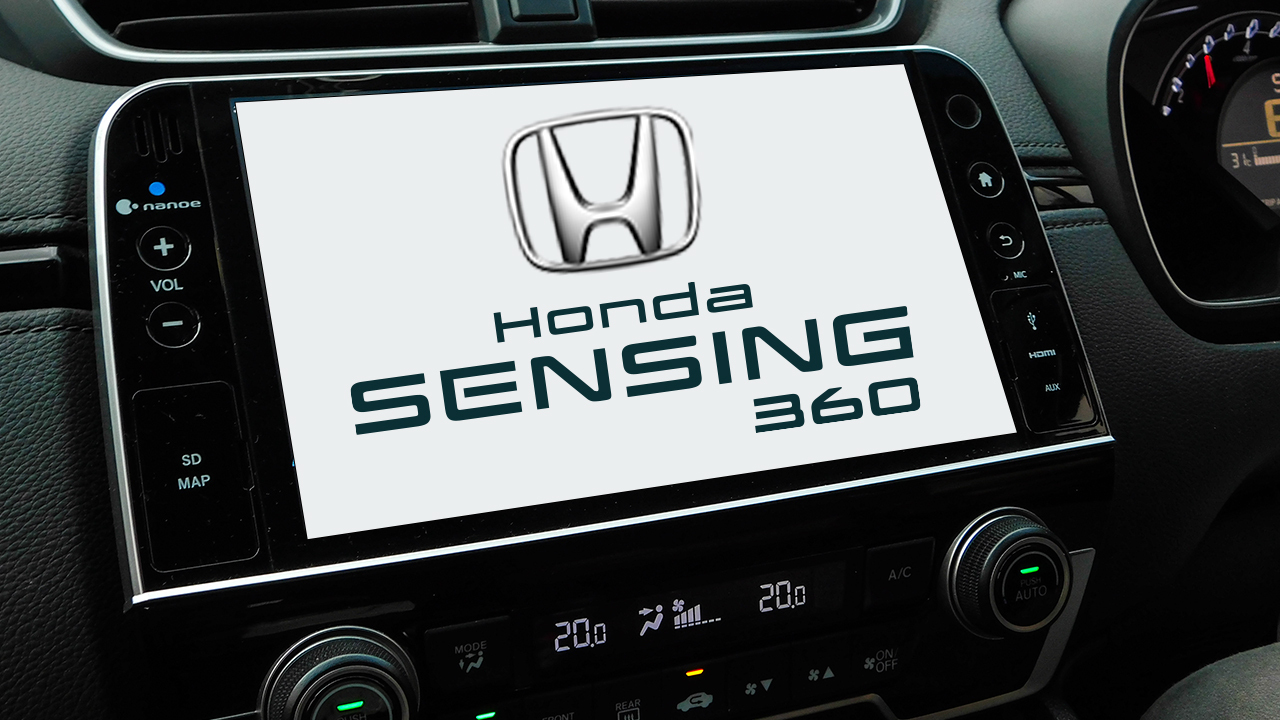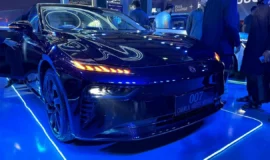
Many are curious to know about what is Honda Sensing. It is a multiple safety features system that makes some Honda cars safer than many others. Here is everything you need to know about this latest technology.
You may also like:
Honda HR-V 2022 Price in Pakistan, Specs, and Features
An Introduction to Honda Sensing Technology
Honda Atlas has finally come with a combination of essential safety features that the company calls Honda Sensing. The slogan “collision-free mobile society” is self explanatory. It shows that the company is committed to the safety of its vehicles as well as its customers.
What is Honda Sensing?
Honda Sensing is the combination of 6 safety features, namely:
- Collision Mitigation Braking System (CMBS)
- Adaptive Cruise Control (ACC)
- Road Departure Mitigation System (RDM)
- Lane Keeping Assist System (LKAS)
- Lead Car Departure Notification System (LDCN)
- Auto High-Beam (AHB)
Collision Mitigation Braking System (CMBS)
CMBS is a driver alert system that gives warning for a possible collision through visual and audible elements. It can also apply brakes only if it is inevitable to reduce the impact of collision. The company states that it works in three stages:
- Issue warning (audible and visual) when an object is in front of the vehicle.
- If no action is taken, it will apply light brakes.
- If the driver still doesn’t take action, the system applies hard brakes to avoid collision or minimize its impact.
Adaptive Cruise Control (ACC)
It is a pretty common feature that many people already know about. ACC allows the car to go in auto drive mode on a set speed. This feature also has the ability to apply the brake if there is a vehicle in front of it.
This system is suitable for highways where it keeps the vehicle’s speed constant and improves its fuel efficiency.
Road Departure Mitigation System (RDM)
RDM is a safety system designed to keep the vehicle on the road. The camera mounted on the windshield helps the system identify the sideline of the road. As per the company, it will alert the driver by warning them and vibrate the steering if the vehicle is exiting the road. When nothing is done, it will instruct the electronic steering to move accordingly to keep the vehicle on the road.
Lane Keeping Assist System (LKAS)
LKAS keeps the car in the lane by using the camera mounted on the windshield. The camera identifies the lane lines and adjusts steering if the car is exiting the lane. Here is how it works.
- Camera identifies if the car is exiting from the lane.
- It issues warnings and vibrates the steering.
- Take control of electronic steering and bring the vehicle back on the lane.
Lead Car Departure Notification System (LCDN)
LCDN is a system of alerting the driver if the vehicle in front of the car has moved. The windshield camera detects the movement of vehicles ahead in standstill traffic. If it moves, the system notifies the driver through audible and visual elements. It is done if the driver hasn’t pressed the race padel after the car ahead has moved from the traffic signal.
Auto High-Beam (AHB)
High beams are among the major causes of road accidents at night. Honda Sensing has the AHB feature that turns on the high-beam only when there is no car in-front of your vehicle. It is switched to low beam when a vehicle is detected ahead of the car. This system is important as it nullifies the danger that the high beam causes at night.
The above features show how much the company is focusing on minimizing the chances of collision on the roads. Hence “collision-free mobile society”. Since it’s a new and a welcomed addition therefore it remains to be seen how it would work in our chaotic traffic conditions.
What do you think about the Honda Sensing technology? Tell us in the comment section below.








Leave a Reply